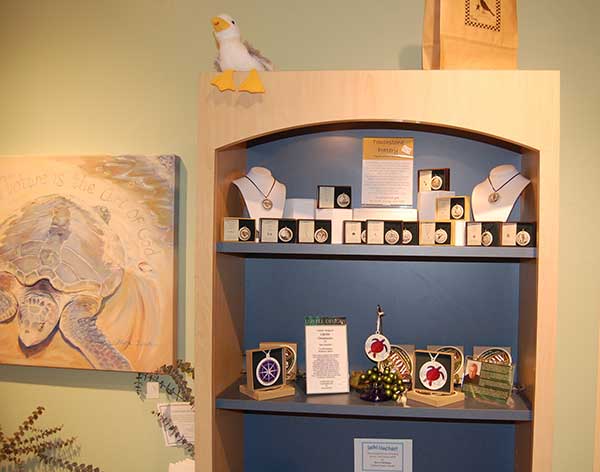Address
103 S. Bridge St. Suite B DeWitt, MI 48820
Phone Number
(517) 669-8200

By Paul Hartlieb
Starting in 1986, I started a somewhat unique retail business. The nature of the business forced me to be extremely focused on inventory selection and levels. As a result of that business, I realize some basic concepts that can and should be applied to many other retail situations. For 15 years, from 1986 to 2001, we traveled the United States and sold gifts, from around the world, at professional conferences.
There is nothing like traveling thousands of miles, sometimes paying thousands of dollars, to sell out of a 10ft by 10ft booth. You have only two, 3 or 4 days to make your sales. You want to control as much as you can. Selecting the right product mix to sell is critical. And bringing the proper number of each product, given the space limitations, is also critical. My motto was that I always wanted to have only one item of each product left to pack up. If I ran out of product before the end of the conference, I could be missing sales.
So how does this apply to a traditional retail storefront? In asking this question I assume that one does not have unlimited space nor a bottomless back account. In your store you not only need to decide which product to carry, but also how much of each. Limit your selection too much and you may leave out best sellers, or not even present enough to capture the attention of your buyers. Limit the quantity (depth) of each SKU , particularly, and you may never capture enough information to determine if the line is successful.
1. What will I learn about this line with the order I am placing?
2. Have I ordered a broad enough selection to attract the buyer’s attention?
3. Have I ordered deep enough to know the validity of the sales?
Let’s discuss the last two questions:
Breadth
When I traveled years ago I carried a wonderful line of earrings. This line sold well at almost all the conferences I exhibited. I regularly stocked over two-dozen different styles. However, I noticed that when I only had six, or seven, or eight designs left, they just did not sell. I came to the conclusion that the small selection just did not make a strong enough statement to attract buyers, even in my small booth. So there were times that I left the line at home and did not display it… because I did not have enough variety. It made more sense to me to bring another line that I did have good stock in. Remember, I only have a 10 by 10 booth and every square foot had to perform.
The top photo example shows a good depth of product within a display. the bottom is an example of a lack of breadth and depth
Depth
Selling out of product at a conference is a mixed blessing. The good is that when sales went well I didn’t have to pack what I already sold. The down side is that I may have sold more if I had brought more. There were times at conferences when this happened. Sometimes a conference attendee came back to shop toward the end of the conference and I no longer had the item they were interested in. Most often I lost the sale. Buying at event like this is extremely impulsive and most buyers did not want to wait for me to ship them product once I had it back in stock. I lost business because I no longer had the product on hand. Ordering in proper depth allows you to not have to worry about a situation like that.
Of course, most retailers do not have limitless space and bank accounts to carry crazy amount of everything. So my suggestion is carry a broad enough and deep enough selection, particularly with a new line, so that you will know if the line is worthwhile and the best sellers within the line. Ordering one of each will tell you very little since there is no way to tell the depth of demand. The sale of the first item may have been a fluke, and without having the second or third piece to sell, you will not know.
Breadth of sales give you an indication of the overall success of the line. Depth of sales tells you which items with in the line are the top sellers.
This is much more art than science. Each product line will have different amounts of breath and depth to stock to continue its success. Quite often I referred to this as the magic numbers. Because each line was different and I never knew ahead of time, when I was trying out a line, what the number would end up being. However, with trial and error, my intuition guided me toward more successful selections.